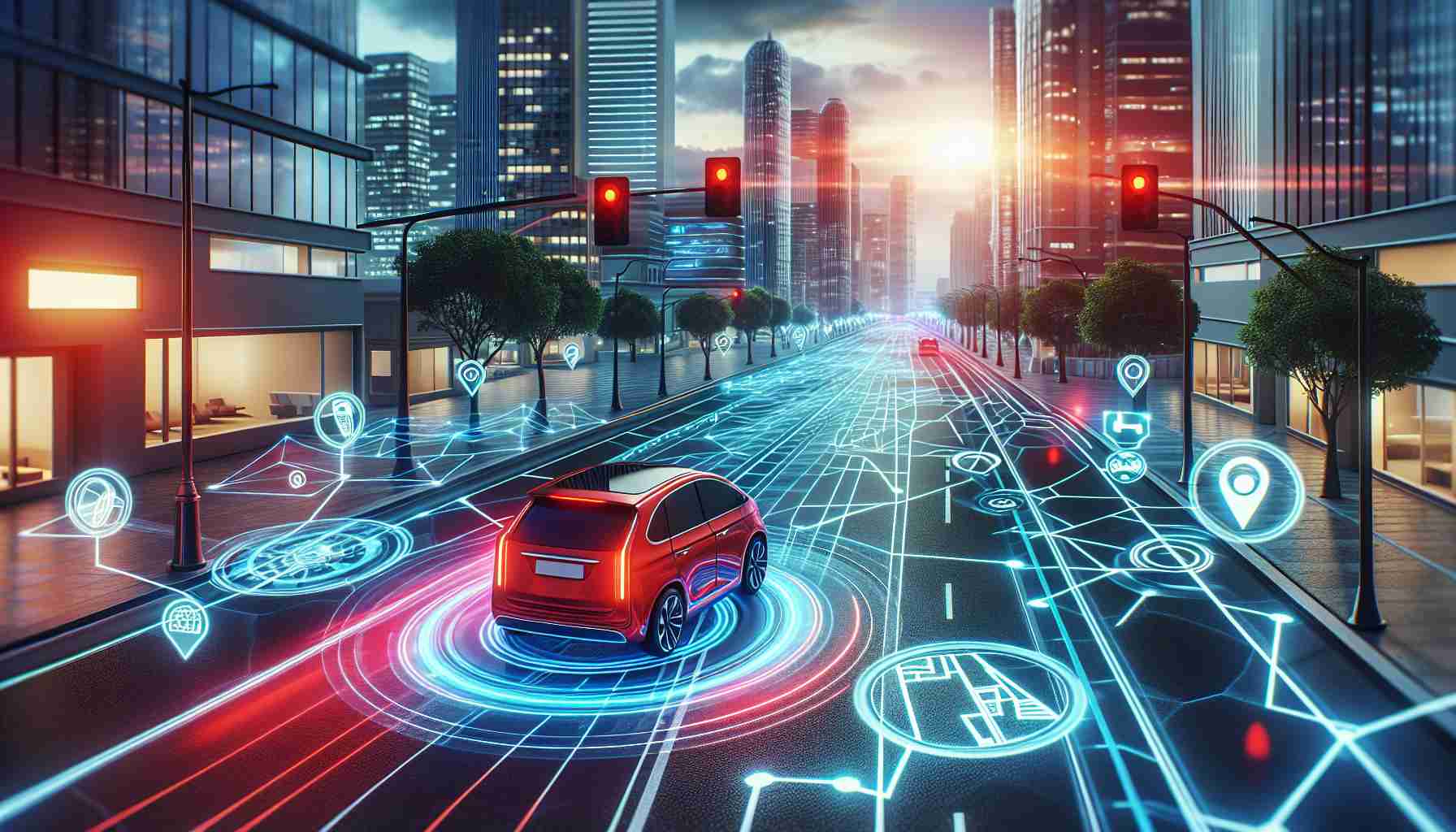Self-driving cars have become a technological marvel, relying on advanced sensor systems and powerful computers to navigate and drive autonomously. These vehicles utilize a combination of cameras, radar, and Lidar sensors to collect data about their surroundings, enabling them to make informed decisions on the road. However, recent research has shown that just like AI systems, self-driving cars can be deceived or “hallucinated” into seeing things that aren’t there.
Engineers at Duke University have developed a system known as “MadRadar” that can manipulate a car’s radar sensors and trick them into perceiving false objects or even hiding real ones. The team, led by Professors Miroslav Pajic and Tingjun Chen, demonstrated that they can create a “phantom car” that appears out of nowhere, change the position of existing vehicles, or mask the presence of other cars entirely.
The attack method utilized by MadRadar involves first detecting a car’s radar parameters, which can be achieved within seconds. Once the parameters are known, the system can customize and transmit deceptive signals to the targeted car’s radar, causing it to misinterpret its surroundings. In one scenario, the victim car was led to believe that another car was swerving towards it, potentially resulting in a dangerous collision or erratic driving maneuvers.
This research highlights a significant vulnerability in autonomous vehicles’ sensor systems, particularly radar. While adding randomizing systems to the radar’s operating parameters and implementing safeguards to detect such attacks could provide some defense, further measures are required to ensure the safety and reliability of self-driving cars.
The implications extend beyond the automotive industry, as similar attacks could potentially be used on different machines relying on radar technology. Prof. Pajic suggests that these findings have broader implications for drone technology, particularly in scenarios involving search and rescue or reconnaissance operations.
As technology continues to push the boundaries of innovation, it is crucial for researchers, car manufacturers, and policymakers to be aware of these vulnerabilities and develop robust defense mechanisms. The study showcasing MadRadar’s capabilities will be presented at the Network and Distributed System Security Symposium in 2024, serving as a wake-up call for the industry to rethink the design and security of radar systems in autonomous vehicles and beyond.
FAQs about Self-Driving Car Vulnerabilities
1. What is MadRadar?
MadRadar is a system developed by engineers at Duke University that can manipulate radar sensors in self-driving cars to deceive them into perceiving false objects or hiding real ones.
2. How does MadRadar work?
MadRadar first detects a car’s radar parameters and then sends customized deceptive signals to the targeted car’s radar, causing it to misinterpret its surroundings.
3. What are the potential consequences of MadRadar attacks?
MadRadar attacks can lead to self-driving cars perceiving objects or vehicles that do not exist, potentially resulting in dangerous collision risks or erratic driving maneuvers.
4. Are only autonomous vehicles vulnerable to these attacks?
No, similar attacks could potentially be used on other machines relying on radar technology, such as drones.
5. How can these vulnerabilities be addressed?
While adding randomizing systems to radar parameters and implementing safeguards can provide some defense, further measures are required to ensure the safety and reliability of self-driving cars and other radar-dependent machines.
6. What are the broader implications of this research?
The findings have implications beyond the automotive industry, particularly for drone technology and scenarios involving search and rescue or reconnaissance operations.
7. When will the study showcasing MadRadar’s capabilities be presented?
The study will be presented at the Network and Distributed System Security Symposium in 2024.
Definitions:
– Autonomous vehicles: Vehicles capable of navigating and driving without human input.
– Radar: A system that uses radio waves to detect the position, speed, and other characteristics of objects.
– Lidar: A sensor that uses laser beams to measure distances and create detailed maps of surroundings.
– Deceptive signals: Signals designed to mislead or trick the radar sensors in self-driving cars.
Suggested Related Links:
– Automotive News
– arXiv
– Network World
The source of the article is from the blog revistatenerife.com

